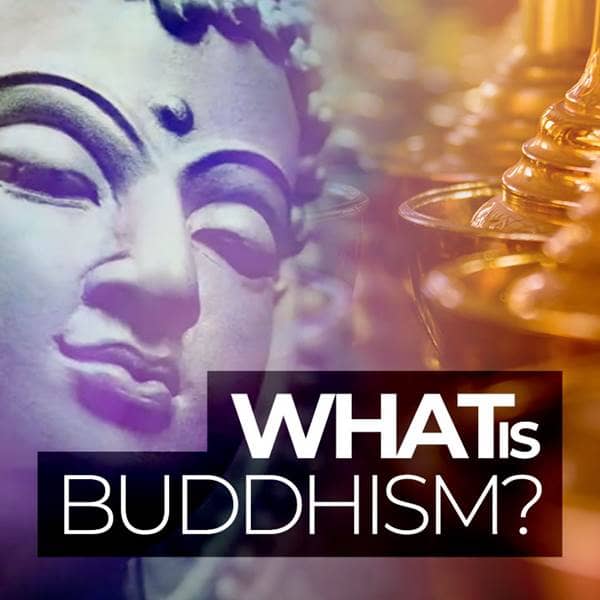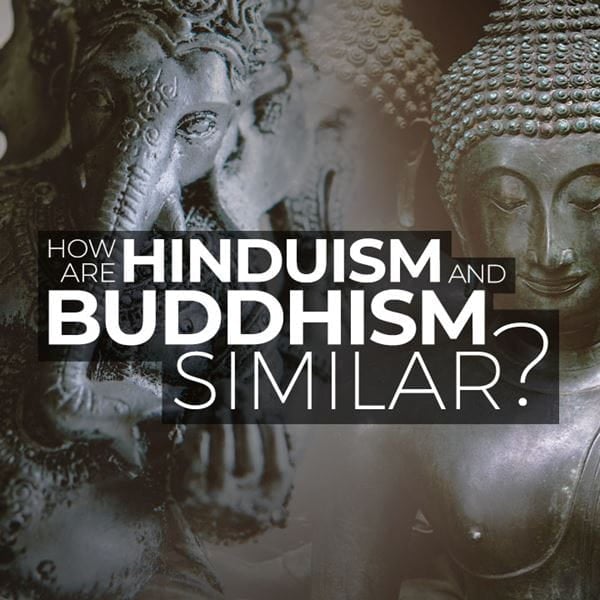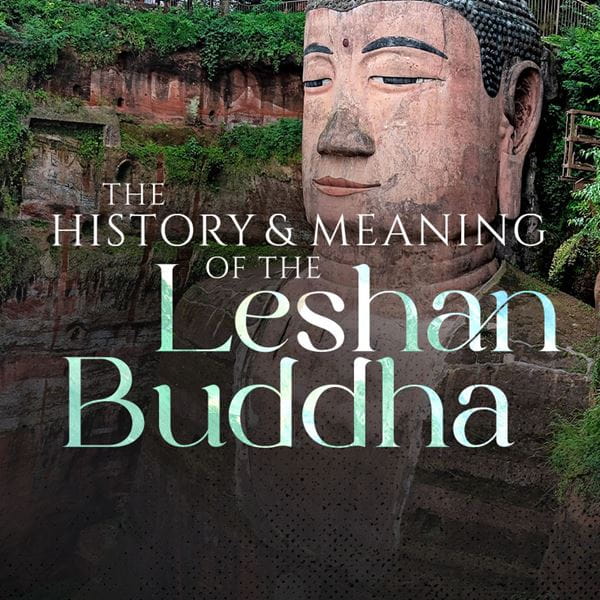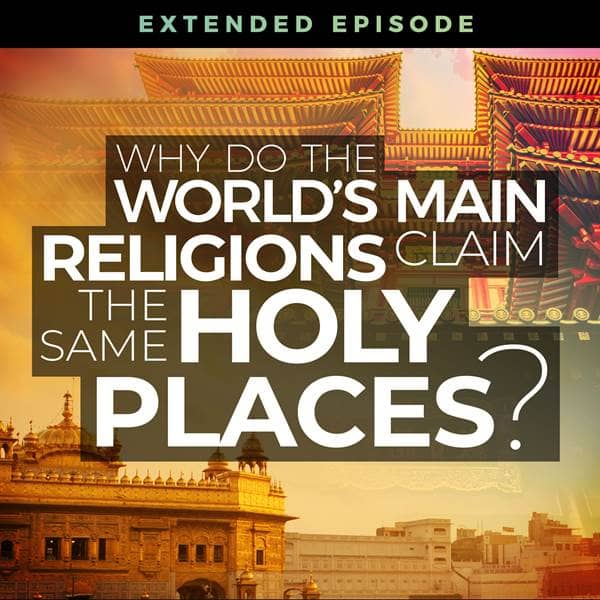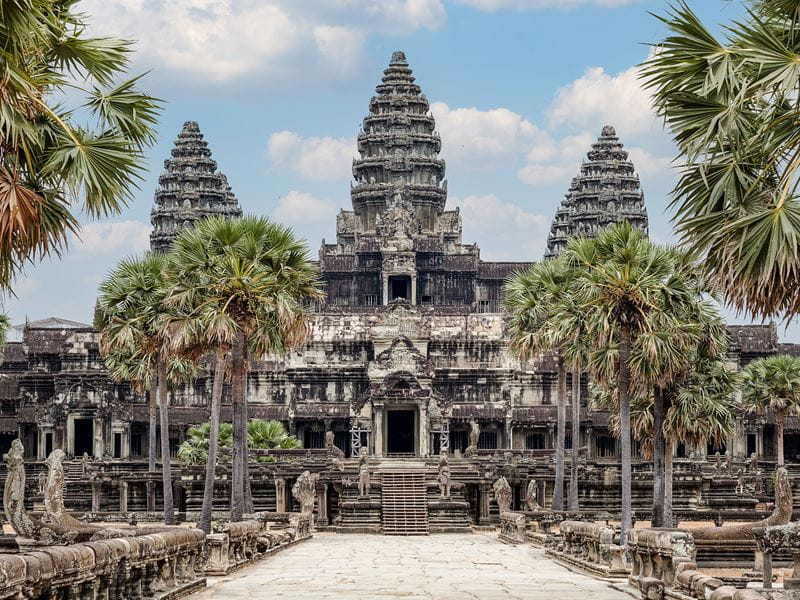
- Trending:
- Pope Leo Xiv
- |
- Israel
- |
- Trump
- |
- Social Justice
- |
- Peace
- |
- Love
The 100 Most Holy Places On Earth
Angkor Wat

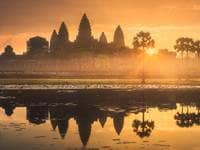

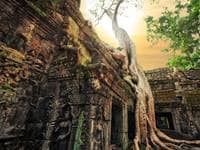
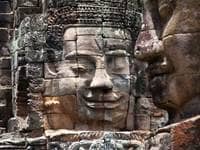
Associated Faiths:
Buddhism, but with its origins in Hinduism.
Accessibility:
Open to visitors. Modest clothing required. Knees and shoulders must be kept covered while in the vicinity of the shrine. 2,600,000.
History
Angkor Wat is one of the most unique sacred spaces in the world. Not only is it traditionally believed to be the largest holy site (or religious monument) in the world—covering approximately 400 acres; but it is also considered a “Hindu-Buddhist” Temple, having “official” associations with both traditions (which is very unique and extremely rare). Also, whereas most temples (in most religious traditions) are constructed to face east, Angkor Wat faces west—which is particularly unusual.
With constructed beginning in the early 12th century (1122-1150 CE), it was designed to symbolize Mahāmeru, the sacred five-peaked mountain of Hindu, Jain, and Buddhist tradition—Mount Meru being the mountain home of the devas (or heavenly beings).
Though the king who commissioned the construction of the Angkor Wat temple was Hindu, upon his death, the kingdom was sacked by a conglomerate of enemy states. When the kingdom was finally restored, the new king converted to Buddhism—believing that the gods of Hinduism had clearly failed him (by allowing his kingdom to be attacked and overrun by its enemies). Thus, within the span of less than a century, the temple was converted from Hindu to Buddhist.
Though never fully abandoned, starting in the 16th century, the Angkor Wat temple fell into disuse and disrepair. However, in the mid-19th century, a French explorer (Alexandre Henri Mouhot) and a German anthropologist (Adolf Philipp Wilhelm Bastian) reintroduced Angkor Wat to the world through their separate visits and subsequent publications about the site. By the 20th century, efforts to restore the site began and, today, it is the pride of Cambodia—so much so that, since approximately 1863, Angkor Wat has been part of the design of each official flag of Cambodia.
Religious Significance
In English, the name “Angkor Wat” means literally “the city temple”—highlighting the fact that (upon its construction) it was the center of a once thriving kingdom. The placement of the temple at the heart of the city evidences the historic reality that many kings and kingdoms of the past relied upon their god (or gods) for their “divine mandate” and their nation’s protection. Cambodia was no exception to this rule.
There are many religious legends surrounding Angkor Wat, including the claim that Indra (the “king of the gods” in the Dravidian and Hindu traditions) ordered its construction so that his son, Precha Ket Mealea, would have it for his palace. According to one legend (dating to as early as the 13th century), the temple was constructed overnight by a “divine architect,” and at the commission of the gods.
Some believers (past and present) have perceived Angkor Wat as a microcosm of the universe; a human copy of the divinely created cosmic world. The central tower of the complex is believed to represent Mount Meru and, thus, is the center of the universe and the abode of the devas or gods. As a consequence, it is also believed by many to be the perch from which the gods observe human activity and offer blessings of protection and sustenance to worthy human devotees.
Among other symbols depicted at the site is the “Churning of the Ocean of Milk”—a Hindu motif representative of the creation of the universe, the beginning of time, and the eternal battle which exists between good and evil (symbolized by the devas and asuras respectively). This is carved as a relief on part of the Angkor Wat temple, and evidences its Hindu origins, even though it is now a Buddhist Temple. (On a related note, Hindus see Buddhism as a sub denomination of Hinduism, though Buddhists seem themselves as a separate religion from Hinduism.)
Aside from attracting millions of tourists each year, the site is sacred to Buddhist generally, and Theravada Buddhist monks and nuns specifically. These practitioners of asceticism come to Angkor Wat for spiritual enhancement, and to facilitate their journey in becoming an arhat—a “solitary saint” or “worthy” who achieves true insight into the nature of existence and, thereby, gains liberation from the cycle of rebirths. For lay Buddhists, Jains, and Hindus, the temple complex is a symbol of the ancient and enduring nature of their related faith traditions—and an awe-inspiring encounter for any pilgrim who makes a trek to this temple in the wilderness. Discover the most extraordinary destinations in Southeast Asia Sponsored


